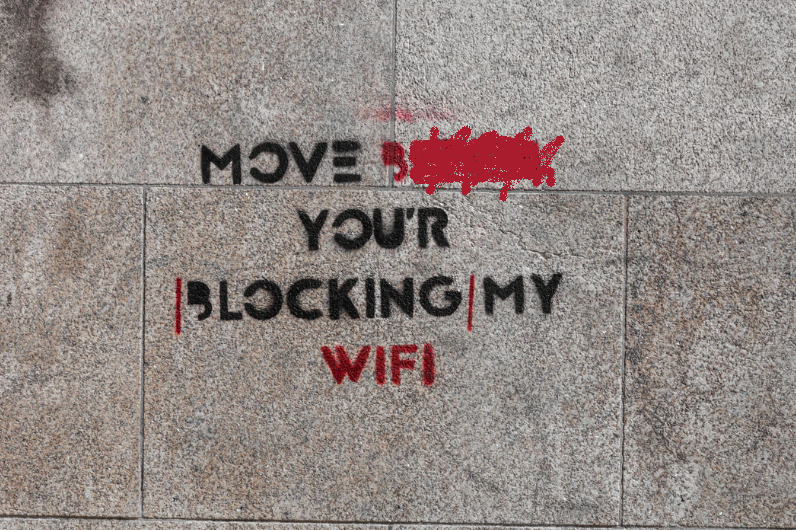Let’s face it – Our Wi-Fi expectations these days are pretty high. We want a strong, fast, reliable connection – And we want it all of the time. When we have good Wi-Fi, we barely notice it. But when it’s bad, it’s frustratingly apparent.
Unfortunately, what people don’t tend to realise is that a significant part of your wireless network is the RF environment. If you want your Wi-Fi network to perform to those high expectations, then you need to ensure you get this RF environment right.
Designing Your RF Environment
It starts with the design. To create an effective RF design, you need to consider the environment that this Wi-Fi network is going to be functioning in. Are their neighbouring networks? What potential factors could cause interference?
You also need to consider how you need your Wi-Fi network to work. How many users are there? Will there be areas of higher density than others? These sorts of things define the requirements of the RF design. If you want good wireless network performance to meet those high expectations we mentioned above, then your RF environment needs to be correctly designed and managed.
The best way to identify what design would work well for your environment is to carry out a Wi-Fi survey. If you’re not confident in carrying this our yourself, then consider calling in the experts! We make it our business to provide comprehensive Wi-Fi surveys for any business or home environment. Our expert engineers can then design a Wi-Fi network tailored precisely to your needs, and then install it for you.
Analysing Your Wi-Fi Network
If your Wi-Fi network is already up and running, but you suspect there may be issues somewhere then network monitoring tools can be a useful way of providing visibility of any problems.
If you’re in the Wi-Fi field, then this will be a fairly straightforward exercise for you if you know the tools and how to use them. More often than not though, Wi-Fi network problems need a more in-depth analysis to really get to the bottom of what’s causing issues.
This again is where it might be best to call in the experts. Our Wi-Fi engineers have the specialist tools and knowledge to look at your Wi-Fi network, analyse traffic flow and examine exactly how data is passing through.
Are you experiencing poor wireless network performance?
It’s important to remember that you have very little to no control over what type of devices enter your network. Your Wi-Fi network may be open to guests or maybe even the general public depending on your business. Even non-Wi-Fi devices can have a significant impact on your wireless network.
Are you experiencing poor performance on your Wi-Fi network? To identify the problem you need to analyse 3 main components of your wireless network.
- The configuration
- The RF environment
- The devices / users in your network
Luckily for you you’ve landed in the right place! Here at Geekabit, our engineers are Wi-Fi experts and can carry out Wi-Fi surveys, Wi-Fi Design and Wi-Fi Installation all from our bases in Hampshire, London and Cardiff. For more information get in touch with us today.




